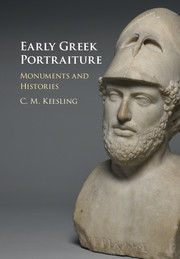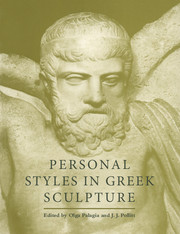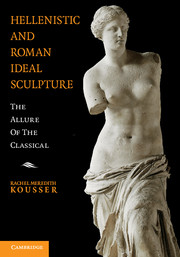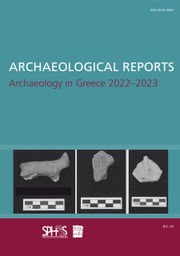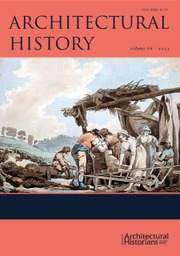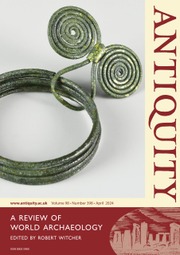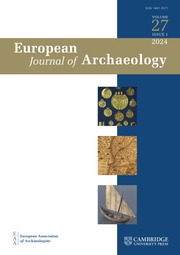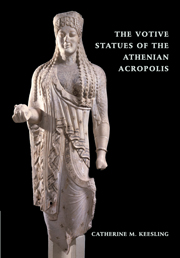Early Greek Portraiture
In this book, Catherine M. Keesling lends new insight into the origins of civic honorific portraits that emerged at the end of the fifth century BC in ancient Greece. Surveying the subjects, motives and display contexts of Archaic and Classical portrait sculpture, she demonstrates that the phenomenon of portrait representation in Greek culture is complex and without a single, unifying history. Bringing a multi-disciplinary approach to the topic, Keesling grounds her study in contemporary texts such as Herodotus' Histories and situates portrait representation within the context of contemporary debates about the nature of arete (excellence), the value of historical commemoration and the relationship between the human individual and the gods and heroes. She argues that often the goal of Classical portraiture was to link the individual to divine or heroic models. Offering an overview of the role of portraits in Archaic and Classical Greece, her study includes local histories of the development of Greek portraiture in sanctuaries such as Olympia, Delphi and the Athenian Acropolis.
- Offers a new explanation for the origins of civic honorific portraits
- Features local histories of the development of Greek portraiture
- Makes the case that the goal of classical portraiture was often to link the individual to heroes or gods
Reviews & endorsements
'The first four chapters of this excellent scholarly study focus primarily on Greek portrait images, their origins, meaning, and various contexts from the Archaic to the late classical periods (sixth–fourth centuries BCE). The last chapter deals with the Hellenistic period down to the Roman conquest of Greece, a time when new portraits of contemporary Greeks were set up in various locations, and a number of old Greek sculptural images were removed to Italy by the Romans, or were reused in Greece by local authorities to represent Roman personages (especially prominent military men and statesmen) by providing them with new identifying inscriptions on their bases. Throughout the book Keesling makes excellent use of ancient primary sources, including dedicatory inscriptions and their significance for understanding the social, political, and religious contexts in which these images were set up. Two appendixes list, and provide pertinent information about, known portrait statues set up (c. 600–300 BCE) at the religious sanctuaries of Olympia and Delphi.' Choice
Product details
June 2017Hardback
9781107162235
324 pages
261 × 183 × 20 mm
0.88kg
62 b/w illus. 3 maps
Available
Table of Contents
- Introduction: Why portraits?
- Part I. Portraits among Heroes and Gods:
- 1. From votive statues to honorific portraits
- 2. Arete, heroism, and divine choice in early Greek portraiture
- 3. Portraits in Greek sanctuaries
- Part II. Documenting Archaic and Classical Greek History:
- 4. Retrospective portraits as historical documents
- 5. Early Greek portraits under Roman rule: removal, renewal, reuse, and reinscription
- Conclusion: The limits of representation.

